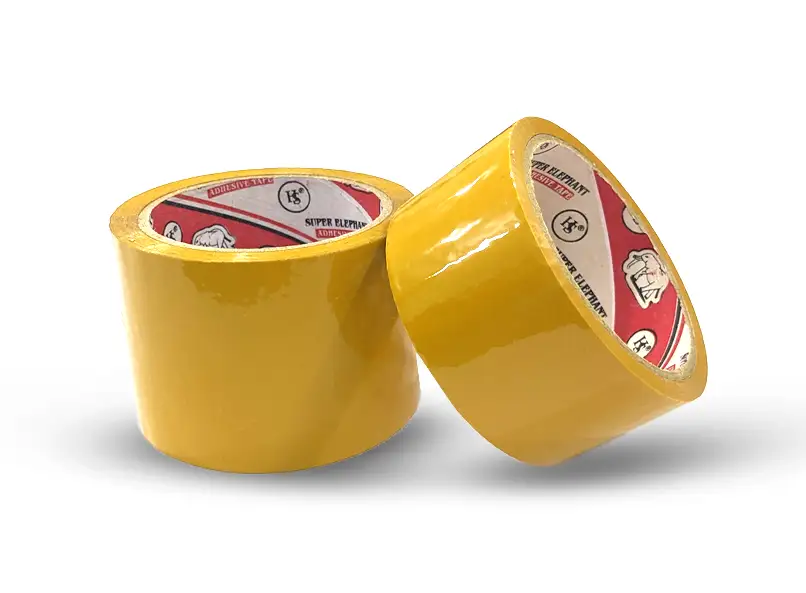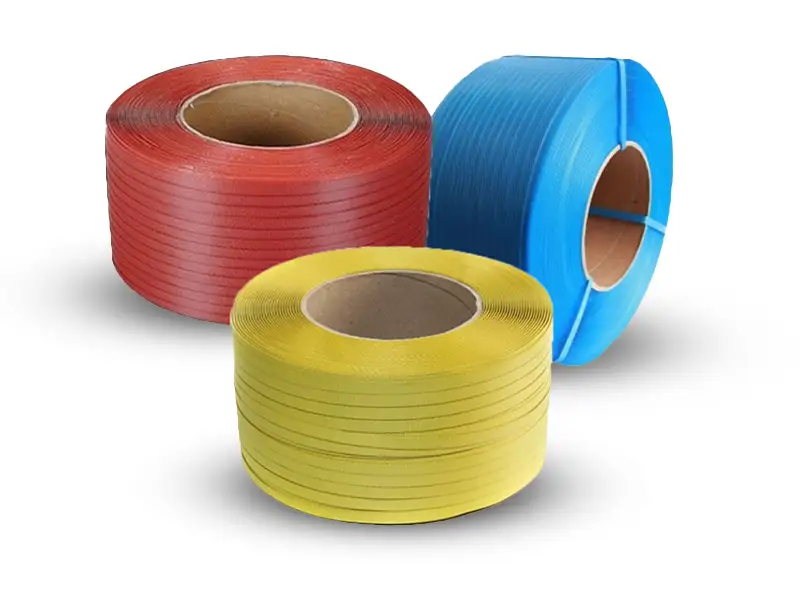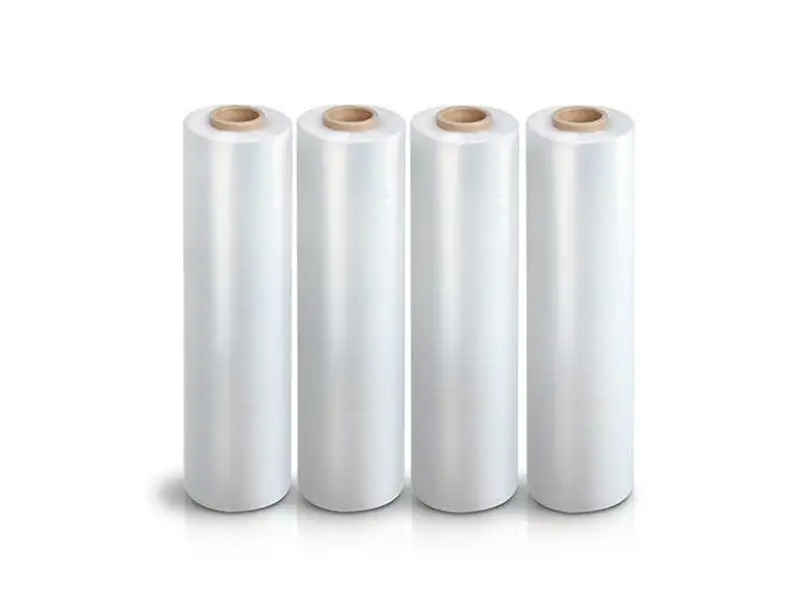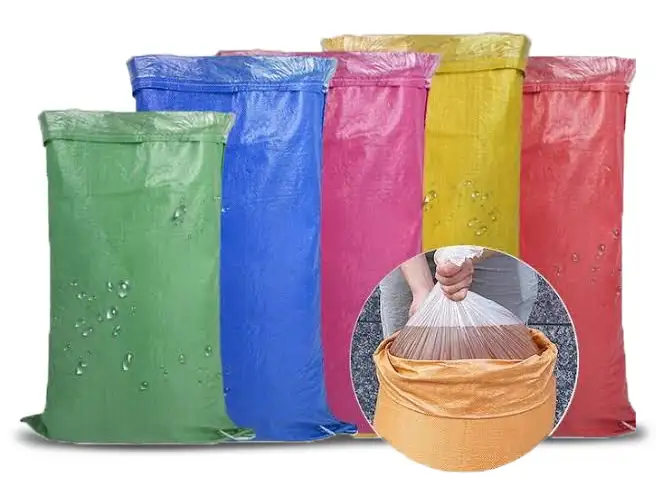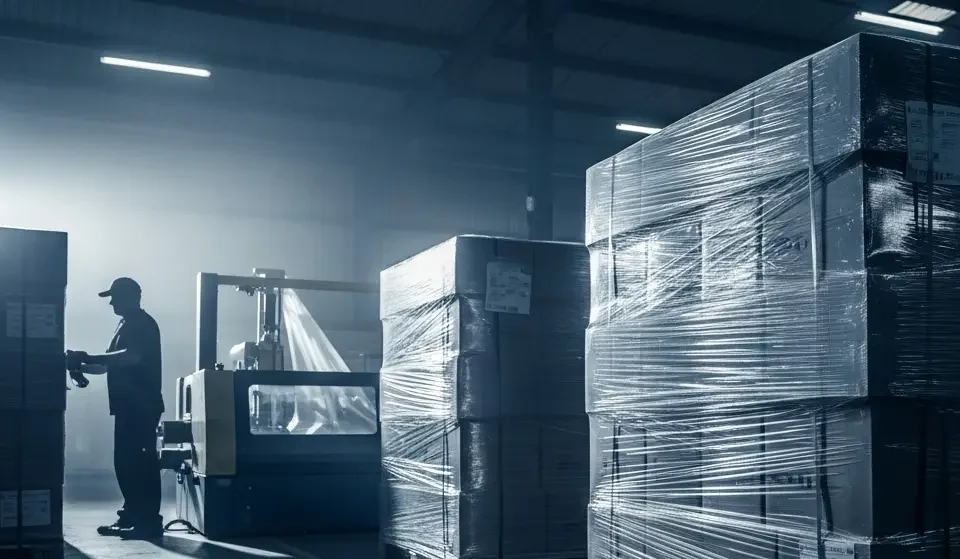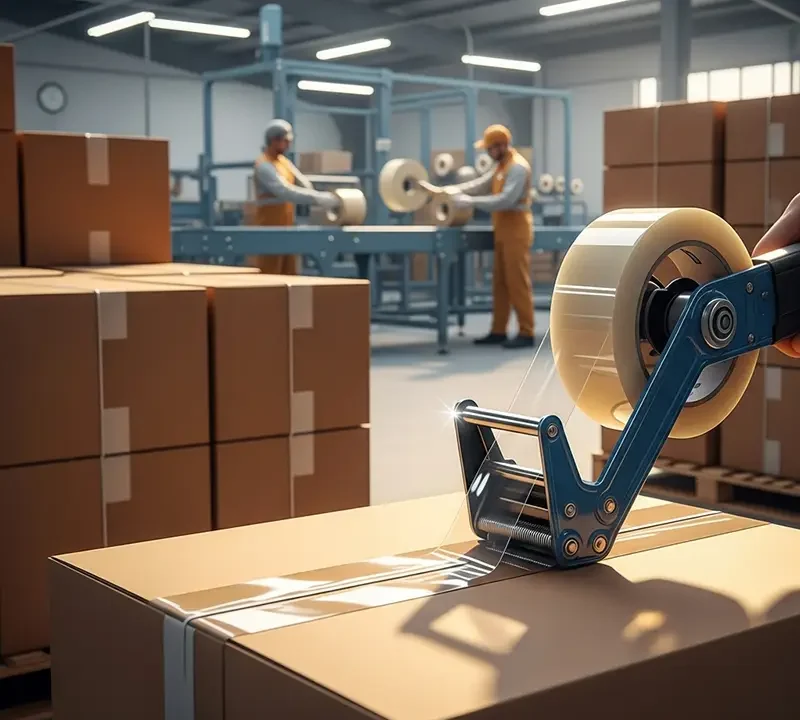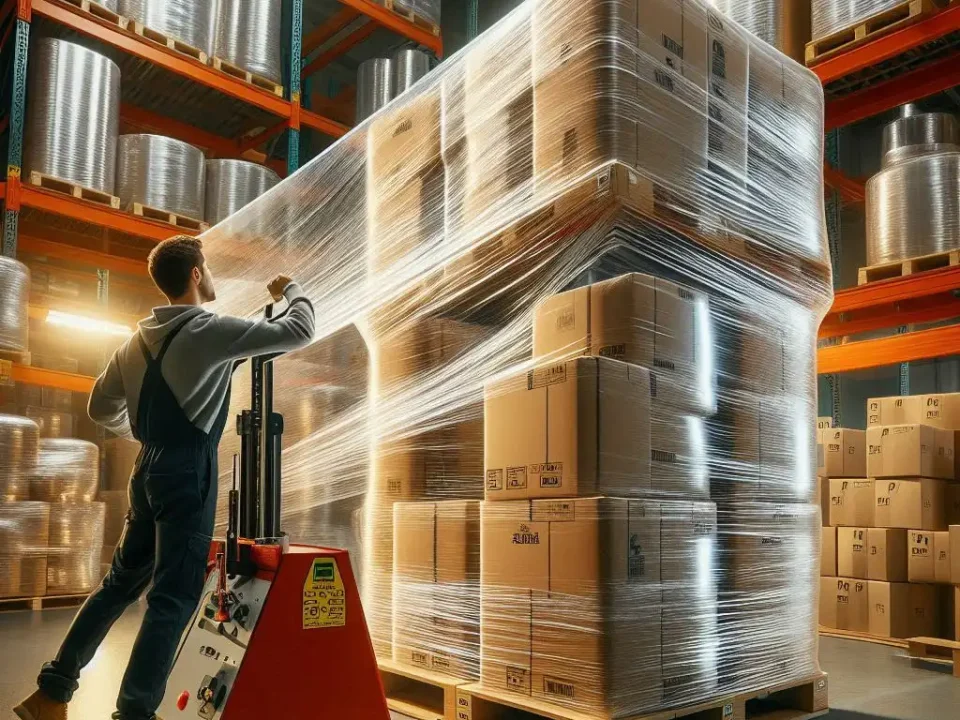
PET Straps: Reliable Packaging Solutions for Every Industry
May 19, 2024
5 Common Packing Mistakes (and How to Avoid Them!)
May 21, 2024Proper packing and securing of goods is essential for safe transportation, whether you’re moving across town or shipping products nationwide. With a wide range of packing supplies available on the market, it can be challenging to determine which options are best suited for your needs. This comprehensive guide will help you navigate the different types of packing supplies, ensuring that your items are properly protected and secured during transit.
Types of Strapping Machines and Their Uses
Strapping machines are invaluable tools for securing packages, bundles, and palletized loads. These machines use various types of strapping material to tightly bind items together, preventing shifting or damage during transportation. Here are some common types of strapping machines and their typical uses:
- Manual Strapping Machines: Ideal for low-volume applications or when portability is a priority, manual strapping machines are operated by hand and rely on the user’s physical effort to tension and seal the strapping material.
- Semi-Automatic Strapping Machines: These machines automate the strapping process, reducing physical strain and increasing efficiency. They typically feature automatic tensioning and sealing mechanisms, while the operator manually feeds the strapping material around the package.
- Fully Automatic Strapping Machines: Designed for high-volume operations, fully automatic strapping machines require minimal operator intervention. They automatically feed, tension, and seal the strapping material around packages or pallets, maximizing productivity and consistency.
- Portable Strapping Machines: As the name suggests, these compact and lightweight machines are designed for use in various locations, making them ideal for on-site packaging or mobile applications.
Selecting the Right PET Strap: Strength, Size, and Material
Polyester (PET) strapping is a popular choice for securing packages and loads due to its high strength, durability, and resistance to moisture and chemicals. When selecting PET strapping, consider the following factors:
- Strap Strength: PET strapping is available in various strengths, measured in pounds or kilograms of break strength. Choose a strap strength that matches the weight and dimensions of your packages or loads to ensure proper securement.
- Strap Size: PET strapping comes in different widths and thicknesses. Wider and thicker straps generally offer higher break strengths but may be less suitable for smaller packages or intricate bundling applications.
- Strap Material: While most PET strapping is made from virgin polyester, some options incorporate recycled materials, potentially offering cost savings and environmental benefits.
Choosing the Perfect Packing Tape: PVC vs. Other Options
Packing tape is an essential item for sealing boxes, securing packages, and reinforcing seams or edges. When selecting packing tape, consider the following options:
- PVC Tape: Polyvinyl chloride (PVC) tape is a popular choice for its strength, moisture resistance, and clean peel-off. It’s available in various widths and grades, making it suitable for a wide range of packaging applications.
- Paper Tape: Environmentally friendly and recyclable, paper tape is ideal for lightweight packaging and can be easily torn by hand. However, it may not offer the same level of strength and durability as plastic tapes.
- Reinforced Tape: Reinforced with fiberglass or other reinforcing materials, these tapes provide exceptional strength and resistance to tears or punctures, making them suitable for heavy-duty packaging applications.
- Specialty Tapes: Depending on your needs, you may also consider specialized tapes such as heat-resistant, freezer-grade, or printed tapes for branding or labeling purposes.
Call to Action: Download our free checklist of essential packing supplies to ensure you have everything you need for secure and efficient packaging.
By carefully considering the types of strapping machines, strapping materials, and packing tapes available, you can make informed decisions that meet your specific packing and shipping requirements. Whether you’re handling delicate items, heavy loads, or high-volume operations, having the right packing supplies can help ensure the safety and integrity of your goods during transportation.
FAQs with answers related to choosing the right packing supplies:
- What factors should I consider when selecting a strapping machine?
When choosing a strapping machine, consider the volume of packages you need to strap, the types of products you’re packaging, the desired level of automation, and the available space in your facility. - Can PET strapping be used for heavy-duty applications?
Yes, PET strapping is available in high-strength variants that can handle heavy-duty applications, such as securing palletized loads or bundling large, heavyweight items. - How do I determine the appropriate break strength for PET strapping?
To determine the right break strength, consider the weight and dimensions of your packages or loads, as well as any additional forces they may encounter during transportation or handling. - Is PVC tape suitable for all types of packaging?
While PVC tape is versatile, it may not be the best choice for certain applications, such as packaging for frozen goods or items that will be exposed to extreme temperatures. In such cases, specialty tapes designed for specific conditions may be more suitable. - Can reinforced tapes be used on cardboard boxes?
Yes, reinforced tapes are often used on cardboard boxes, especially for heavy-duty packaging or when extra reinforcement is required for the seams or edges. - How do I ensure that my packing tape adheres properly?
To ensure proper adhesion, clean the surfaces before applying the tape, and consider using a tape dispenser or applicator to achieve even pressure and consistent application. - Are there eco-friendly alternatives to traditional packing tapes and strapping materials?
Yes, there are eco-friendly options available, such as paper-based tapes, biodegradable strapping materials, and products made from recycled materials. - Can I use the same packing supplies for shipping internationally as I do for domestic shipments?
While many packing supplies can be used for both domestic and international shipments, it’s essential to consider any specific regulations or requirements for international shipping, such as customs documentation or labeling standards. - How do I properly store and maintain packing supplies?
Proper storage and maintenance are crucial to ensure the longevity and performance of packing supplies. Store them in a cool, dry place, away from direct sunlight, and follow any specific manufacturer recommendations. - How often should I replace packing supplies like tape and strapping?
The frequency of replacement will depend on factors such as usage, storage conditions, and the specific products you’re using. It’s essential to regularly inspect your supplies and replace them if they show signs of wear, damage, or degradation.



